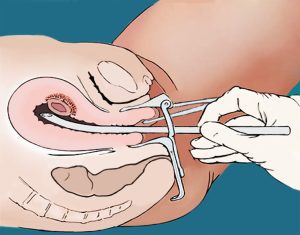Introduction
Abortions is a personal choice, and knowing the available options is crucial. In this guide, we’ll delve into the two main types of abortion, their safety, eligibility criteria, costs, and the evolving legal landscape.
Types of Abortion: Medical vs. Surgical
- Medical Abortion:
- Involves taking pills to terminate a pregnancy.
- Commonly uses mifepristone followed by misoprostol.
- Effectively stops pregnancy development up to 10 weeks.
- Clinician-supported and self-managed options available.
- Eligibility may vary based on medical conditions.

- Surgical Abortion:
- Involves a medical procedure to remove the pregnancy.
- Suitable for later-term pregnancies.
- Various methods include suction aspiration and dilation and curettage (D&C).
- Usually performed in a clinic or hospital setting.
- Generally considered safe and effective.

Access Challenges Post Roe v. Wade
- Impact of Legal Changes:
- Supreme Court overturning Roe v. Wade.
- Some states passing laws restricting abortion access.
- Variability in access based on geographical location.
- Potential challenges in obtaining specific abortion methods.
- State-by-State Differences:
- Inequalities in abortion access across states.
- Restrictions leading to limited options for individuals.
- Ongoing changes may affect the availability of certain methods.
Medical Abortions: A Closer Look
- Safety and Risks:
- Generally safe, with less than 2% reporting complications.
- Complications are treatable with follow-up care.
- Side effects include heavy bleeding and cramping.
- Pain, nausea, diarrhea, and fatigue may occur temporarily.
- Infection and incomplete abortion are rare but possible. Treatment for other health problems

- Eligibility Criteria:
- Ineligible if experiencing ectopic pregnancy or certain medical conditions.
- Not recommended for individuals with blood clotting disorders or chronic adrenal failure.
- Allergies to medications or an intrauterine device (IUD) are contraindications.
Legal Landscape and Abortion Access
- Telemedicine and Access:
- States restricting surgical abortion procedures.
- Emerging role of telemedicine in medication abortion.
- Online platforms providing medication abortion by mail.
- Resources include AidAccess, Plan C, Hey Jane, Carafem, and Just the Pill.
- Future Outlook:
- States attempting to limit abortion medication access.
- Legal debates on the approval and accessibility of FDA-approved pills.
- President Biden’s directive to expand and protect abortion medication access.
- Potential challenges and developments in state laws.

Conclusion
As abortion access undergoes significant changes, it is crucial to navigate the available options with informed decision-making. Understanding the differences between medical and surgical abortion, the safety considerations, eligibility criteria, costs, and the evolving legal landscape is vital for individuals facing this personal choice. While medical abortion, including clinician-supported and self-managed approaches, offers a safe and effective option, state-by-state variations and legal developments can impact accessibility. Staying informed about the latest laws, accessing resources like telemedicine services, and understanding the potential future outlook are essential components of making an informed decision. As circumstances evolve, individuals contemplating abortion should consult relevant authorities and legal sources for the most up-to-date information. Remember, your choice is personal, and being well-informed ensures that it aligns with your unique circumstances and considerations.












